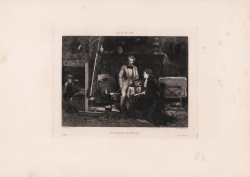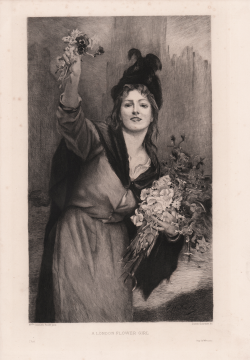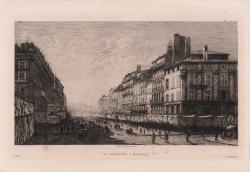XIX Century - French School
XIX Century - French School
Showing 1-20 of 73 item(s)
Auguste André Lançon
Code:
S46033
Measures:
310 x 220 mm
Year:
1876
Auguste André Lançon
Code:
S46029
Measures:
260 x 190 mm
Year:
1876
Léon Gaucherel
Code:
S46027
Measures:
295 x 295 mm
Year:
1877
Eugène Gaujean
Code:
S46026
Measures:
215 x 255 mm
Year:
1878
Adolphe Lalauze
Code:
S46021
Measures:
285 x 195 mm
Year:
1876
Léon Gaucherel
Code:
S46024
Measures:
235 x 335 mm
Year:
1880
Eugène Alexandre FORNET
Code:
S46022
Measures:
285 x 220 mm
Year:
1876
Léon Gaucherel
Code:
S46017
Measures:
310 x 230 mm
Year:
1878
Printed:
Paris
Gustave-Marie GREUX
Code:
S46019
Measures:
280 x 205 mm
Year:
1876
Ferdinand Leenhoff
Code:
S46001
Measures:
265 x 310 mm
Year:
1882
André Charles Coppier
Code:
S46006
Measures:
335 x 235 mm
Year:
1891
Félix Augustin Milius
Code:
S46007
Measures:
210 x 275 mm
Year:
1882 ca.
Abel Lurat
Code:
S46166
Measures:
220 x 250 mm
Year:
1891
Andrè Giroux
Code:
S46011
Measures:
410 x 295 mm
Year:
1886
Léon Gaucherel
Code:
S46010
Measures:
265 x 195 mm
Year:
1877
Eugène Girardet
Code:
S46009
Measures:
425 x 290 mm
Year:
1874
Henri Courselles-Dumont
Code:
S46008
Measures:
220 x 350 mm
Year:
1890
Printed:
Paris
Charles Courtry
Code:
S46014
Measures:
235 x 180 mm
Year:
1876
Lucien Quarante
Code:
S46012
Measures:
265 x 420 mm
Year:
1890 ca.
Lucien Marcelin GAUTIER
Code:
S46000
Measures:
395 x 250 mm
Year:
1882
Printed:
Paris

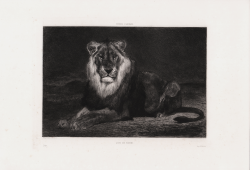
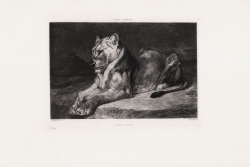
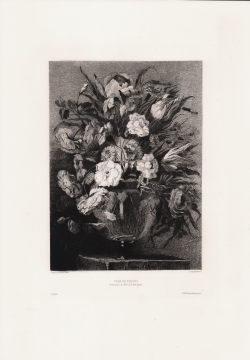
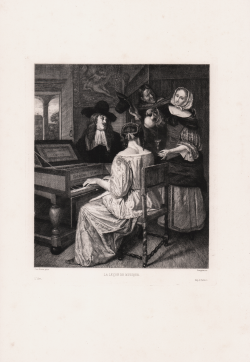
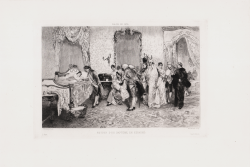
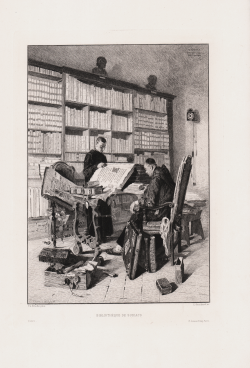
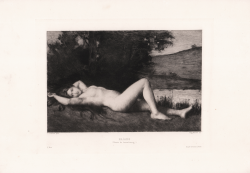
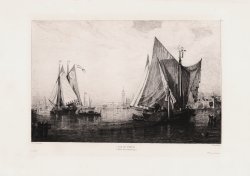
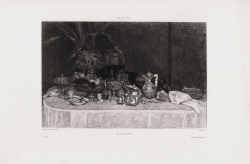
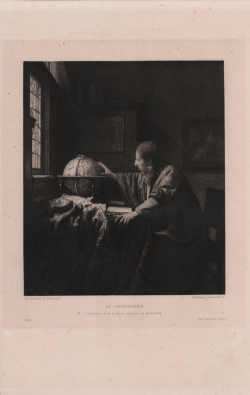
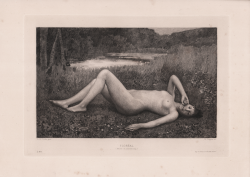
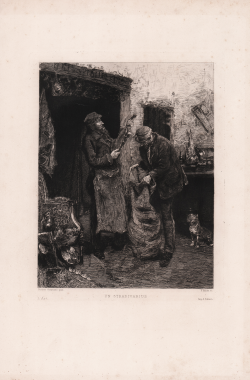
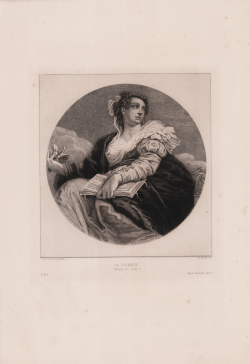
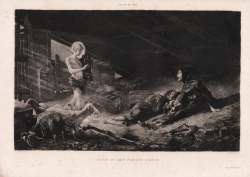
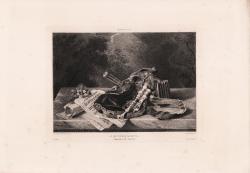
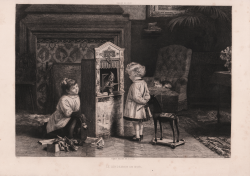
![La Réve [The Dream]](https://www.antiquarius.it/51629-home_default/la-reve.jpg)
